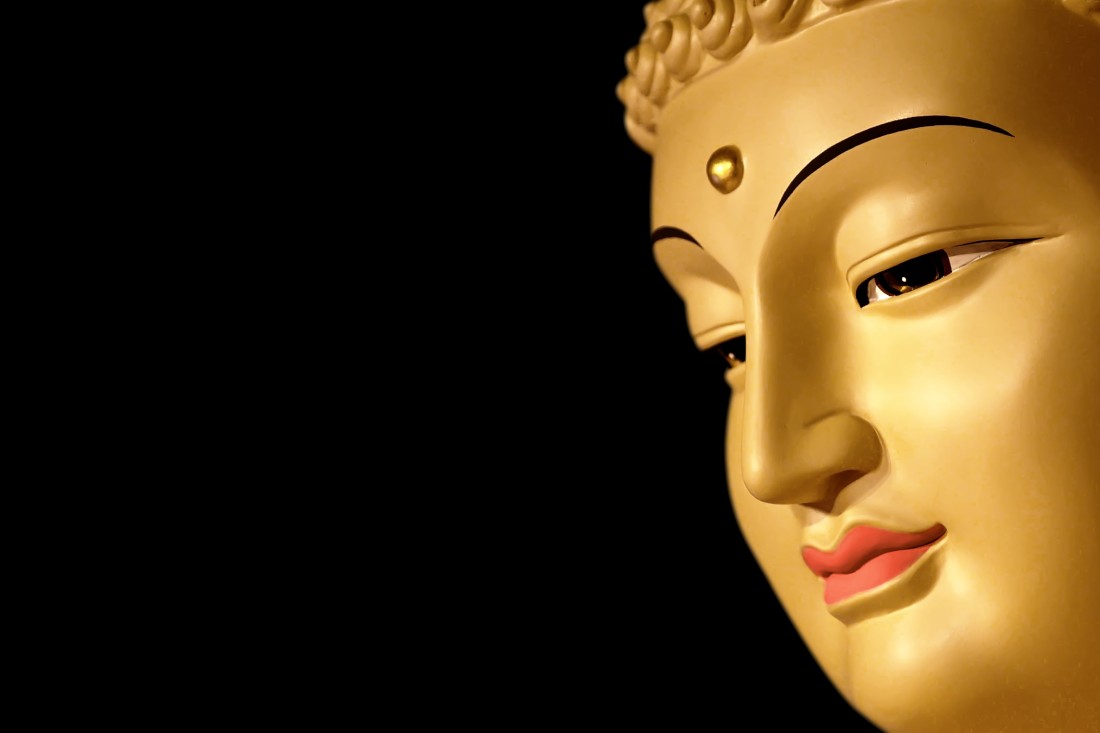Vishnu is one of the principal deities of Hinduism.He is revered as the Preserver in the Holy Trinity along with Brahma and Shiva.
In Vaishnavism, Vishnu is identical to the formless metaphysical concept called Brahman, the supreme, the Svayam Bhagavan, who takes various avatars or incarnations, as "the preserver, protector" whenever the world is threatened with evil, chaos, and destructive forces. His avatars most notably include Rama in the Ramayana and Krishna in the Mahabharata. He is also known as Narayana, Jagannath, Vasudeva, Vithoba, and Hari.
In Hindu iconography, Vishnu is usually depicted as a youth with a dark, or pale blue complexion and having four arms. He holds a padma (lotus flower) in his lower left hand, Kaumodaki gada (mace) in his lower right hand, Panchajanya shankha (conch) in his upper left hand and the Sudarshana Chakra (discus) in his upper right hand.
DASHAVATARA
The Vishnu avatars appear in Hindu mythology whenever the cosmos is in crisis, typically because the evil has grown stronger and has thrown the cosmos out of its balance.The avatar then appears in a material form, to destroy evil and its sources, and restore the cosmic balance between the ever-present forces of good and evil.
The most known and celebrated avatars of Vishnu, within the Vaishnavism traditions of Hinduism, are Krishna and Rama. These names have extensive literature associated with them, each has its own characteristics, legends and associated arts. The Mahabharata, the Krishna Charit Manas for example, includes Krishna, while the Ramayana, Ram Charit Manas includes Rama.
The Bhagavata Purana describes Vishnu's avatars as innumerable, though ten of his incarnations (Dashavatara), are celebrated therein as his major appearances. The ten major Vishnu avatars are mentioned in the Agni Purana, the Garuda Purana and the Bhagavata Purana. Thirty-nine avatars are mentioned in the Pancharatra. The commonly accepted number of ten avatars for Vishnu was fixed well before the 10th century CE.
The ten best-known avatars of Vishnu are collectively known as the Dashavatara (a Sanskrit compound meaning "ten avatars"). Five different lists are included in the Bhagavata Purana, where the difference is in the sequence of the names. Freda Matchett states that this re-sequencing by the composers may be intentional, so as to avoid implying priority or placing something definitive and limitation to the abstract.
In the next post I will be mentioning the first of the ten avatars.




Didnt know there were 5 different Lists in the purana. Informative
ReplyDelete